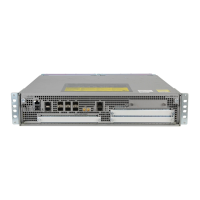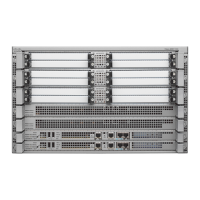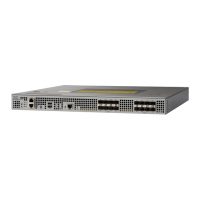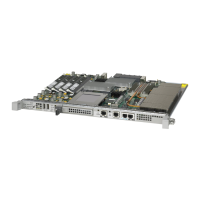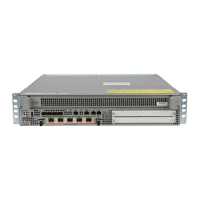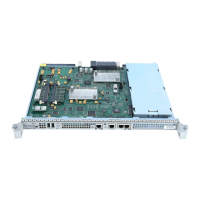20-14
Cisco ASR 1000 Series Aggregation Services Routers SIP and SPA Software Configuration Guide
OL-14127-08
Chapter 20 Troubleshooting the Serial SPAs
Performing Basic Interface Troubleshooting
Serial Lines: Increasing Carrier Transitions Count on Serial Link
Carrier transitions appear in the output of the show interfaces serial EXEC command whenever there
is an interruption in the carrier signal (such as an interface reset at the remote end of a link).
Symptom: Increasing carrier transitions count on serial link
Table 20-7 outlines the possible problems that might cause this symptom and describes solutions to those
problems.
Ta b l e 20-6 Serial Lines: Increasing Interface Resets on Serial Link
Possible Problem Solution
The following problems
can result in this
symptom:
• Congestion on link
(typically
associated with
output drops)
• Bad line causing
CD transitions
• Possible hardware
problem at the
CSU, DSU, or
switch
When interface resets are occurring, examine other fields of the show
interfaces serial command output to determine the source of the problem.
Assuming that an increase in interface resets is being recorded, examine the
following fields:
1. Check the Carrier Transitions field in the show interfaces serial
command display. If carrier transitions are high while interface resets
are being registered, the problem is likely to be a bad link or a bad CSU
or DSU. Contact your leased-line or carrier service, and swap faulty
equipment, as necessary.
2. Examine the Input Errors field in the show interfaces serial command
display. If input errors are high while interface resets are increasing, the
problem is probably a bad link or a bad CSU/DSU. Contact your
leased-line or other carrier service, and swap faulty equipment, as
necessary.
If there is a high number of output drops in the show interfaces serial
output, see the
“Serial Lines: Increasing Output Drops on Serial Link”
section on page 20-7.
Ta b l e 20-7 Serial Lines: Increasing Carrier Transitions Count on Serial Link
Possible Problem Solution
The following problems can result
in this symptom:
• Line interruptions due to an
external source (such as
physical separation of cabling,
red or yellow T1 alarms, or
lightning striking somewhere
along the network)
• Faulty switch, DSU, or router
hardware
1. Check hardware at both ends of the link (attach a breakout
box or a serial analyzer, and test to determine the source of
problems).
2. If an analyzer or breakout box is incapable of identifying any
external problems, check the router hardware.
3. Swap faulty equipment, as necessary.
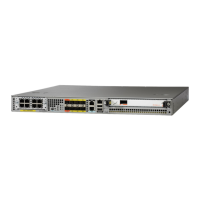
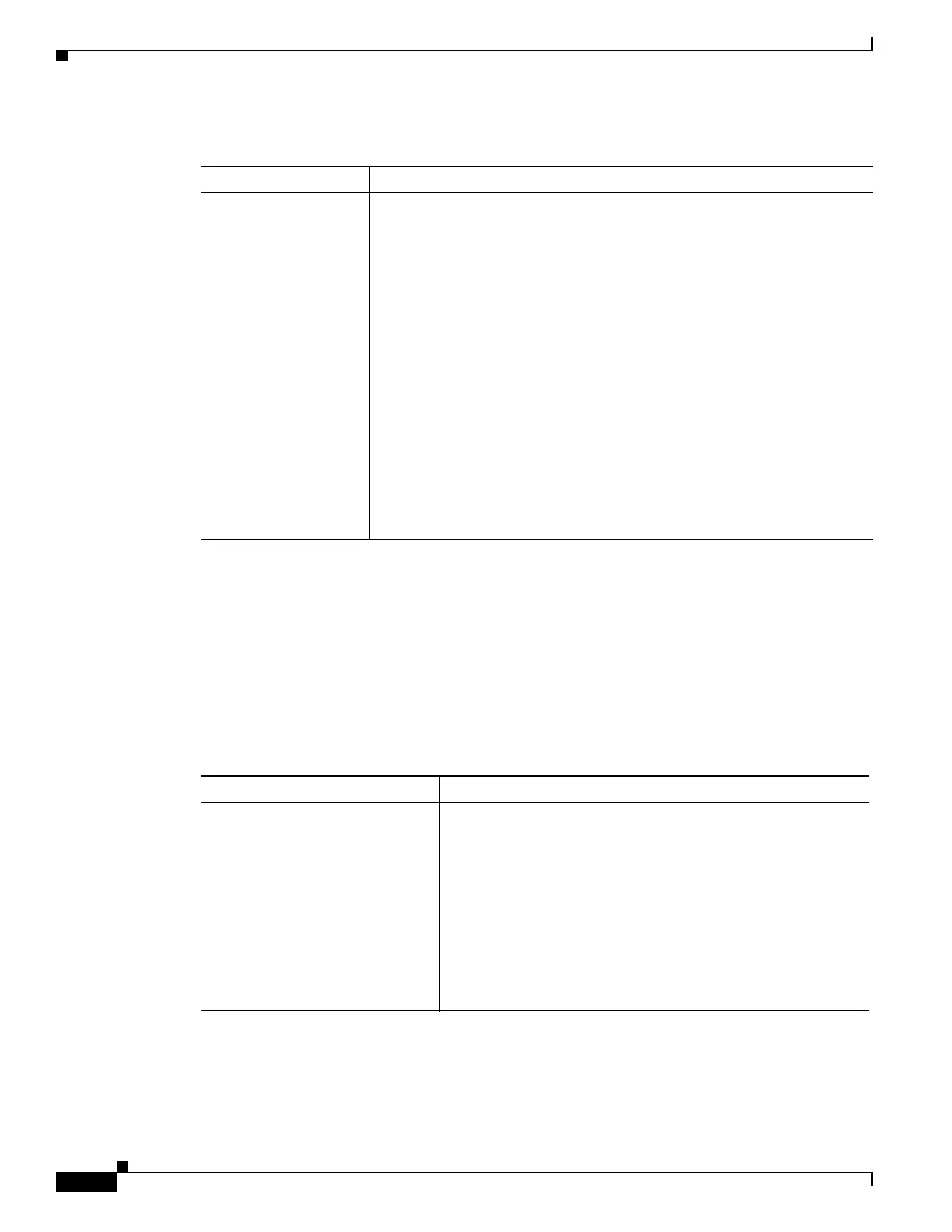